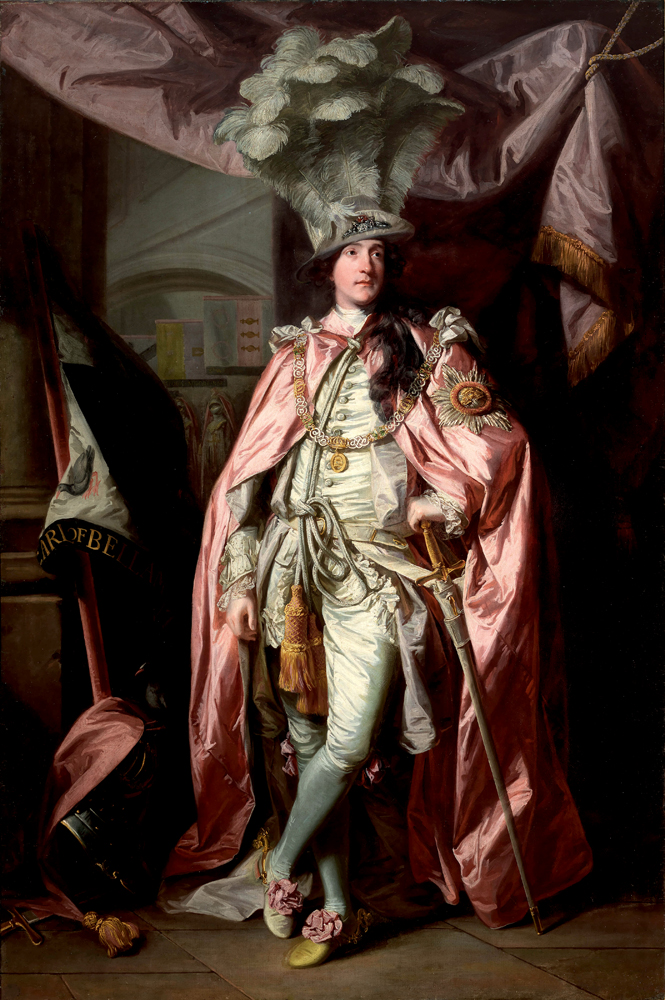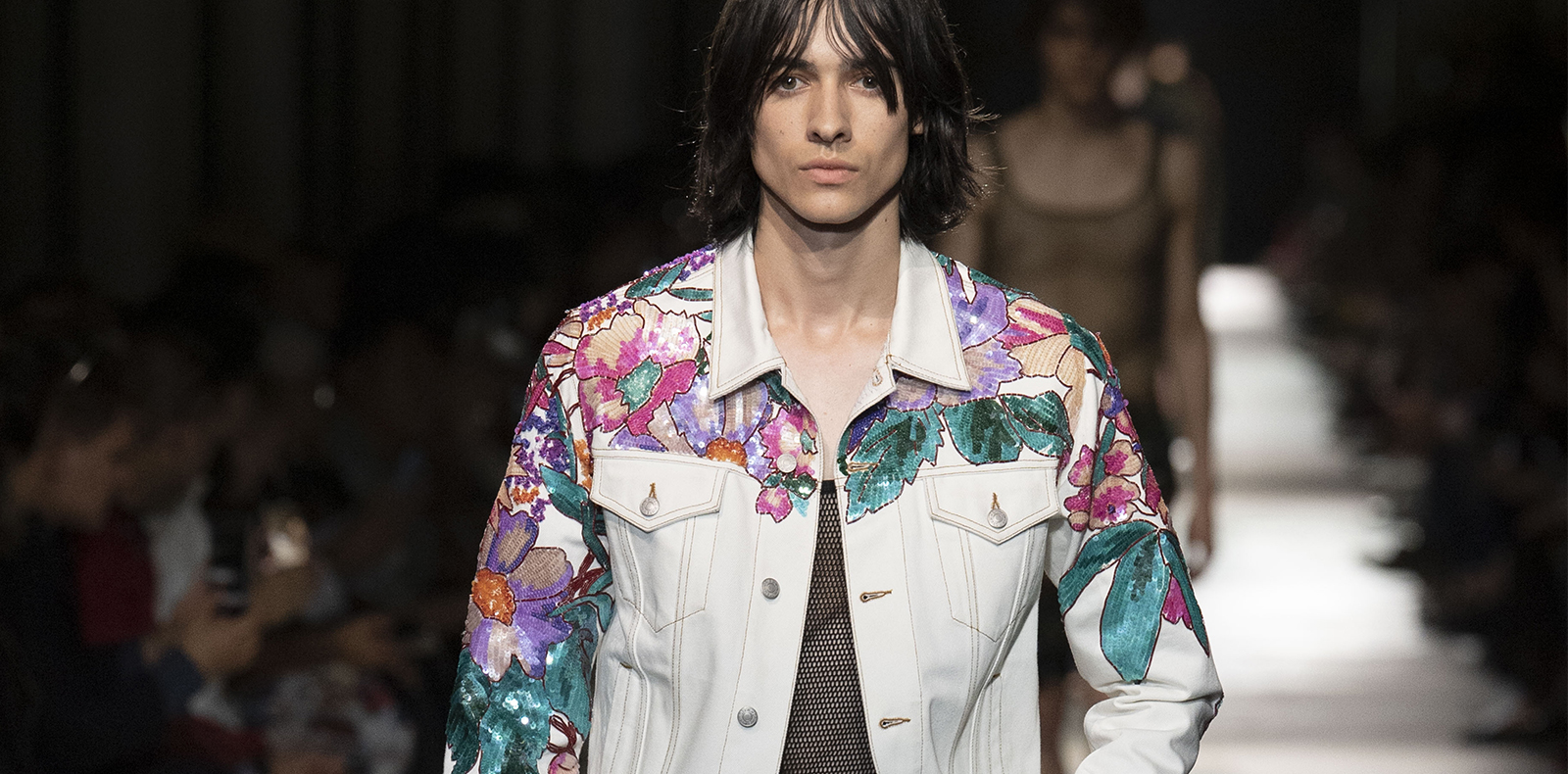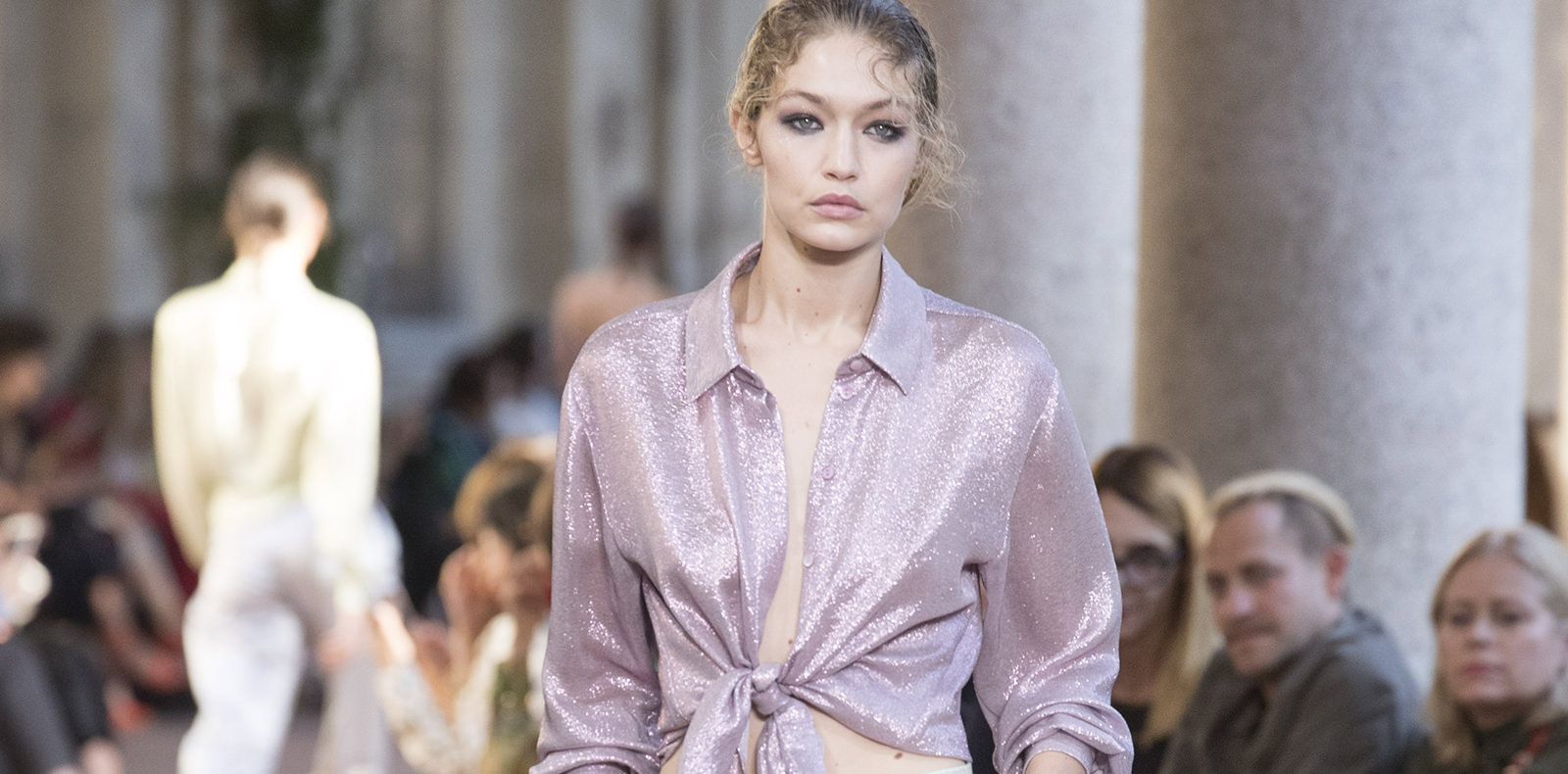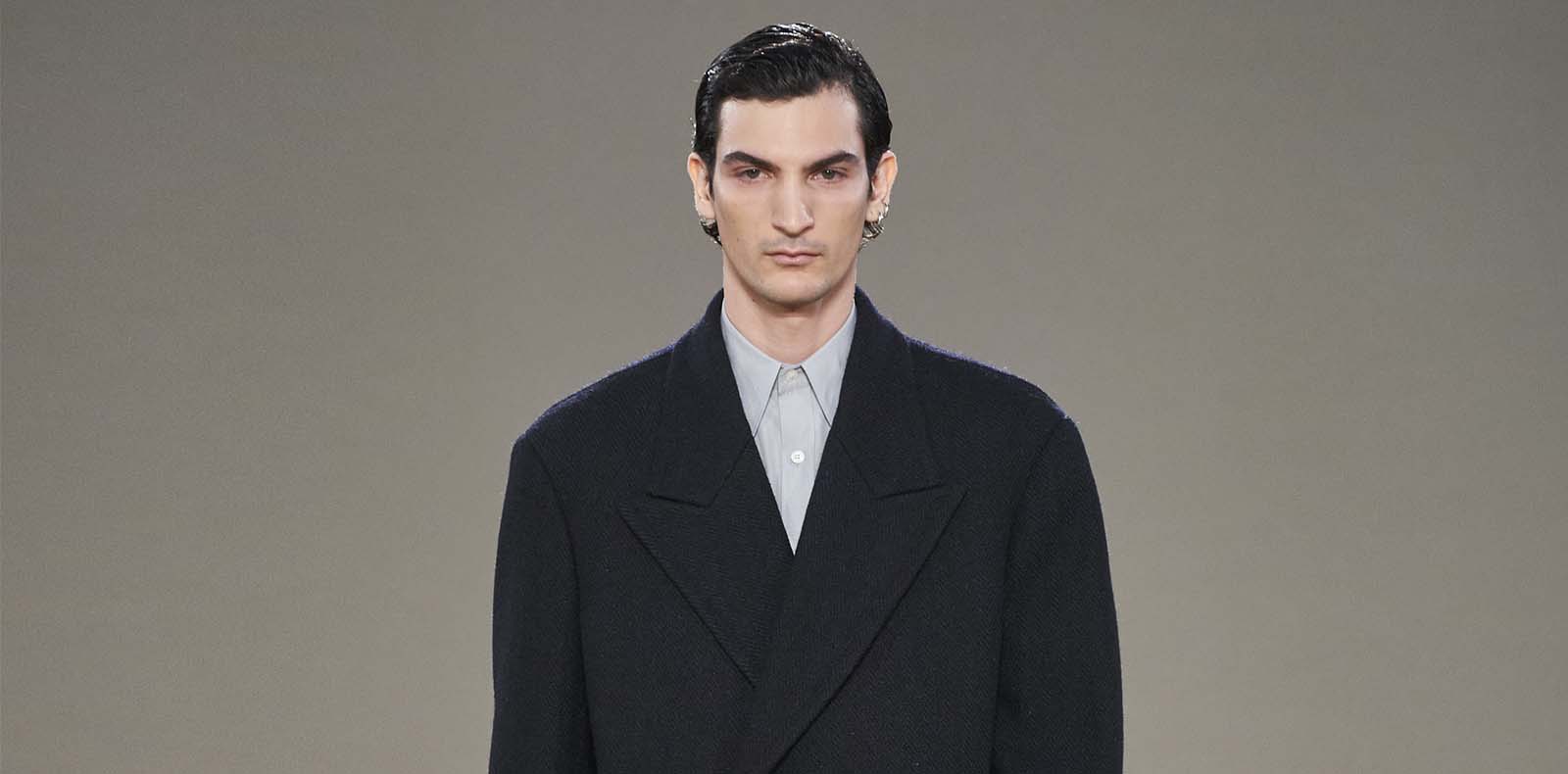
11
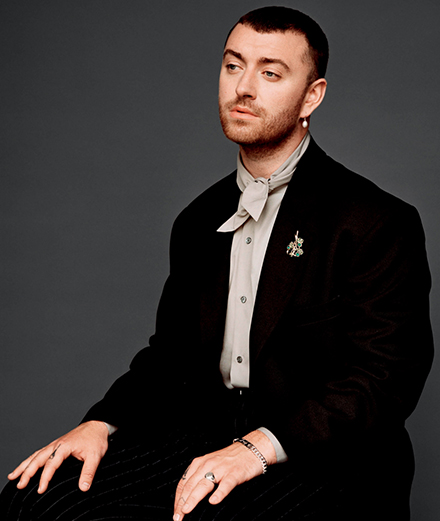
11
From Renaissance paintings to JW Anderson’s clothes, a major exhibition explores the evolution of menswear
Showcasing over 100 fashion pieces and over 100 artworks, the Victoria & Albert Museum’s splendid new exhibition explores ideas of masculinity and menswear since the Renaissance until November 6th.
Par Matthieu Jacquet.
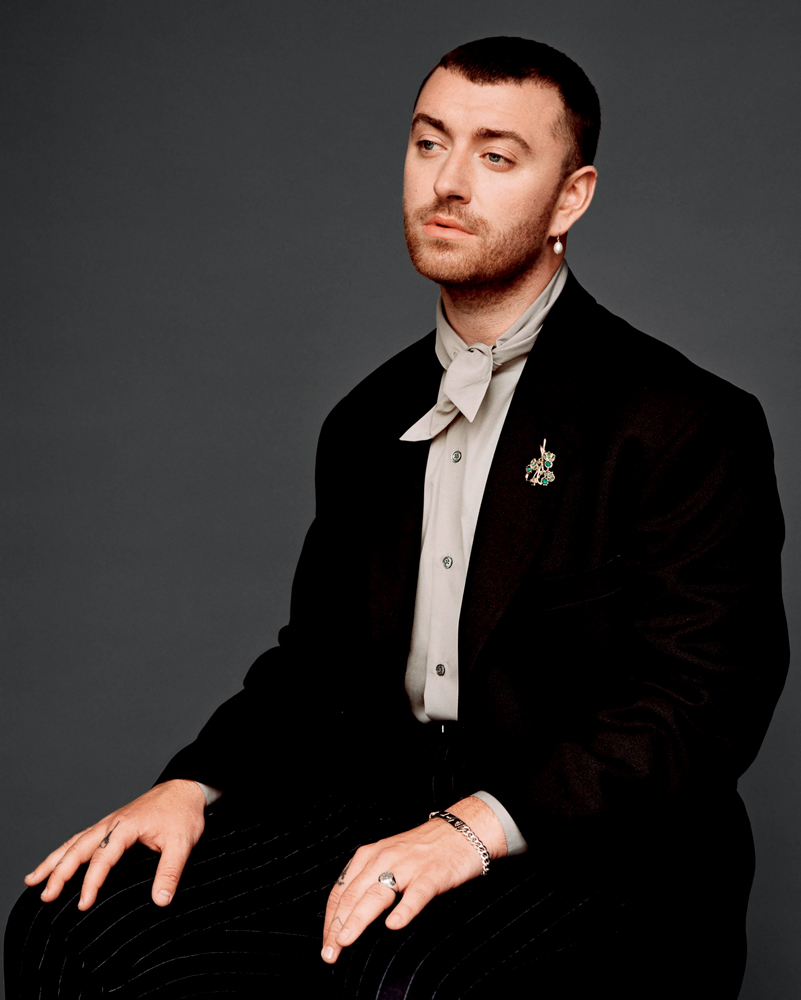
Embroidered and printed roses burgeon all over a pastel-greensuit worn with a powder-pink bow tie. This Gucci outfit is currently on display at London’s prestigious mu- seum of fashion and the decorative arts, the Victoria & Albert, where it is paired for the first time with an 18th-century French waistcoat. Tailored in emerald-green silk bro- cade and entirely embroidered with flowers, the opulent historic gar- ment shares with its neighbour cer- tain disconcerting similarities, to which respond a young man in pourpoint surrounded by climbing roses, as painted by the Elizabethan miniaturist Nicholas Hilliard. A triple dialogue which confirms, if we ever doubted it, that fashion is an eternal recommencement.
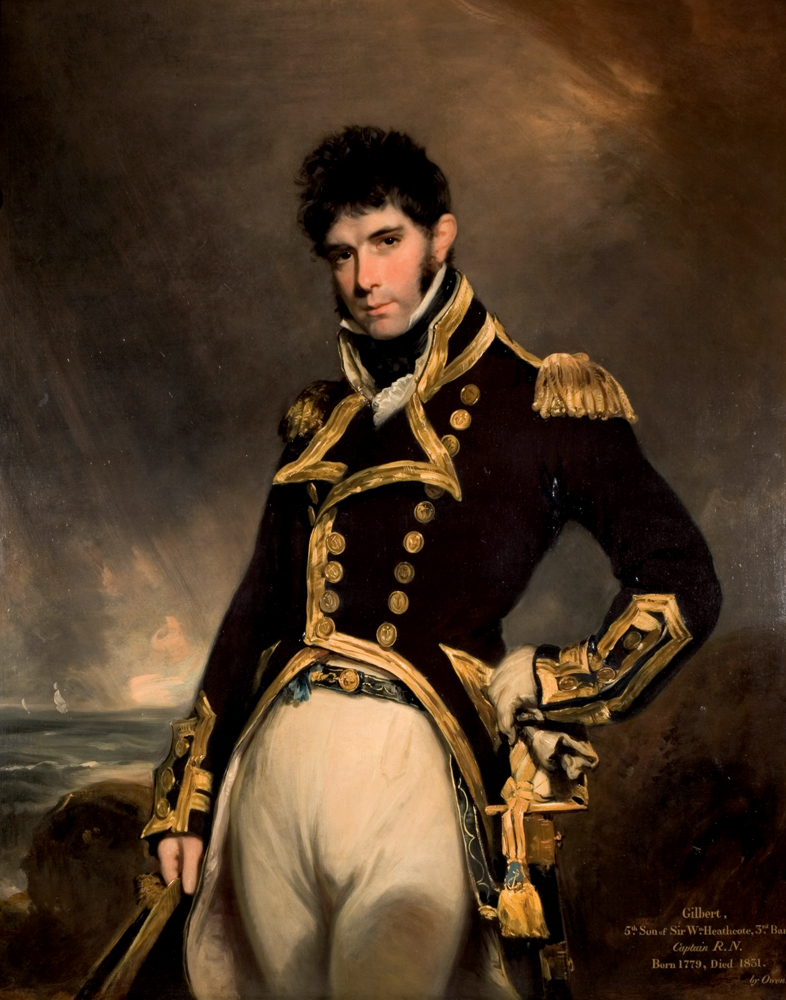
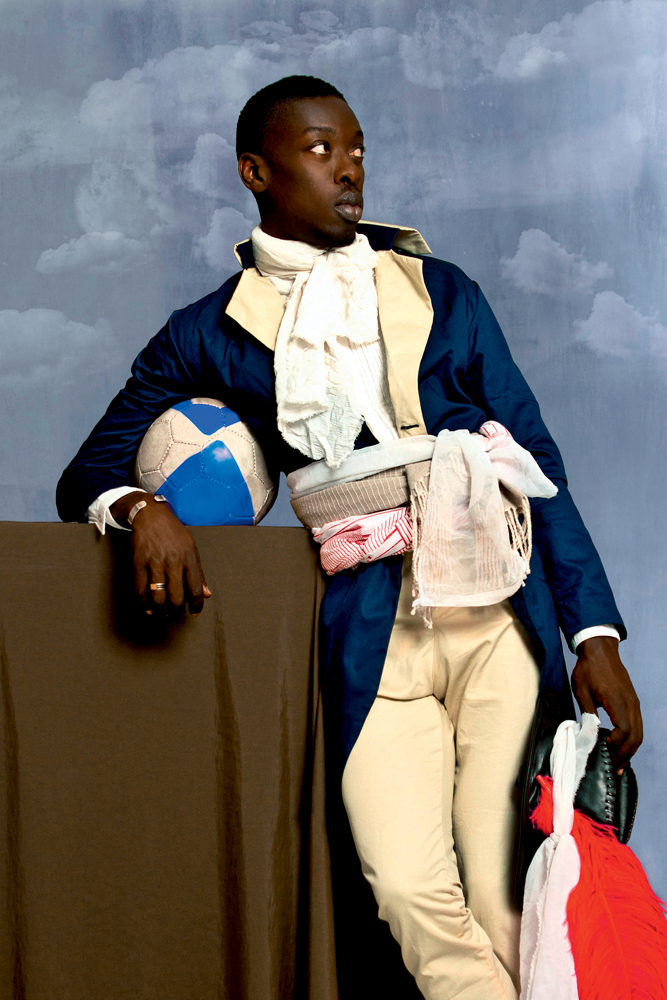
Articulated around these resonances and transformations, the V&A’s new exhibition explores the evolutions and revolutions in masculinities since the Renaissance, showcasing the great movements, icons and designers who have shaped men’s fashion in the West.
Sponsored by Gucci and featuring over 100 garments and accessories, and as many works of art, Fashioning Masculinities: The Art of Menswear is not only the biggest men’s fashion exhibition in the V&A’s history, it is also one of the largest ever to focus on the relationship between art and clothing, a double approach defended by its organizers, the fashion curator Claire Wilcox and the specialist in painting and drawing Rosalind McKever. “We’re very interested in the way the garment – be it textile, sculpted or painted – can define a character and give it power,” comments Wilcox. Though the show eschews a chronological approach, its timeframe spans pieces from the 1560s to recent clothing by contemporary designers such as Thom Browne or Craig Green.
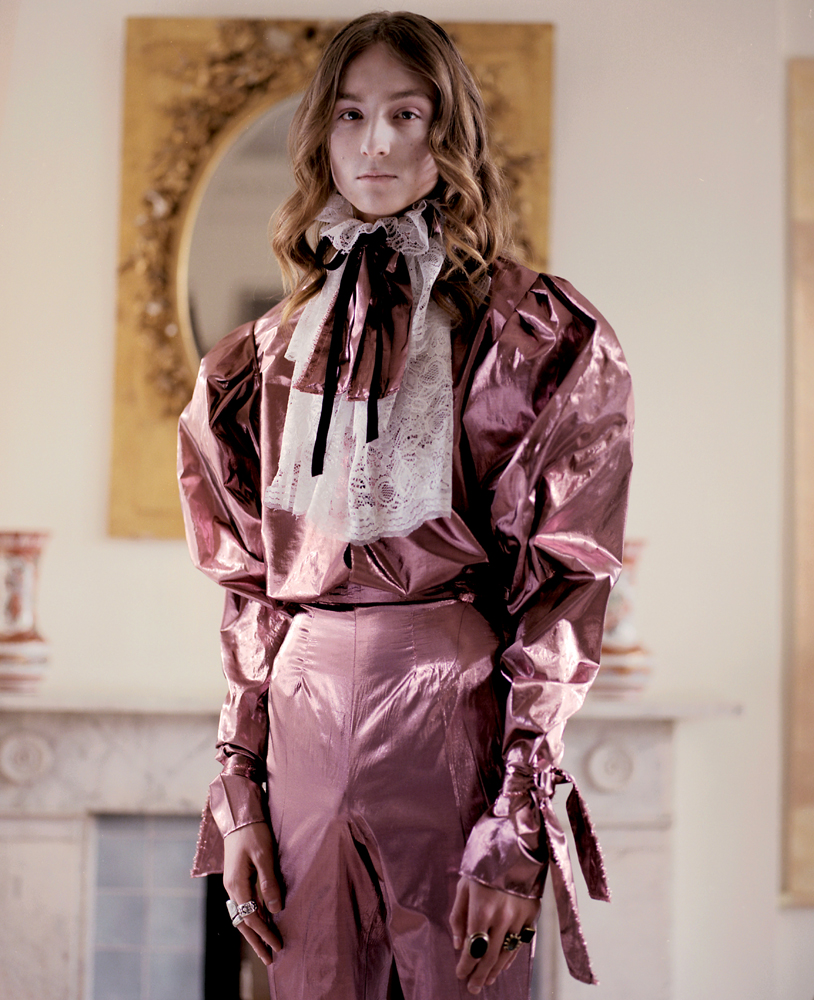
Through the prism of the garment, connections emerge between historic and present-day figures. Immortalized on canvas by Joshua Reynolds, the pink-taffeta cape worn by Charles Coote, first Earl of Bellamont, in a 1774 portrait resonates with the one designed by Randi Rahm, with its fuchsia-satin lining, that was worn in 2019 by actor Billy Porter. Despite the two- and-a-half centuries that separate them, their pairing allows new readings to emerge.
Organized in three sections – “Underdressed,” “Overdressed” and “Redressed” –, the exhibition unpicks the construction of masculinities through both the addition and subtraction of garments. From the Farnese Hermes, whose marble-sculpted chlamys accentuates the statue’s musculature, to the transparent ensemble designed by young couturier Ludovic de Saint Sernin, not forgetting Calvin Klein’s 1980s underwear, the show opens with quasi nudes, reminding us that the ideal of the male body is also an ever-changing fashion. As for that central garment in the masculine wardrobe, the suit, it takes up the entire last section. Between the art of 19th-century tailors, who sought to customize it with subtle little touches, and recent reinterpretations of the suit by Comme des Garçons or JW Anderson, it becomes more and more versatile as time passes, while remaining an unshakable symbol of men’s power.
Fashioning Masculinities: The Art of Menswear at the Victoria & Albert Museum, London, until 6 November.
